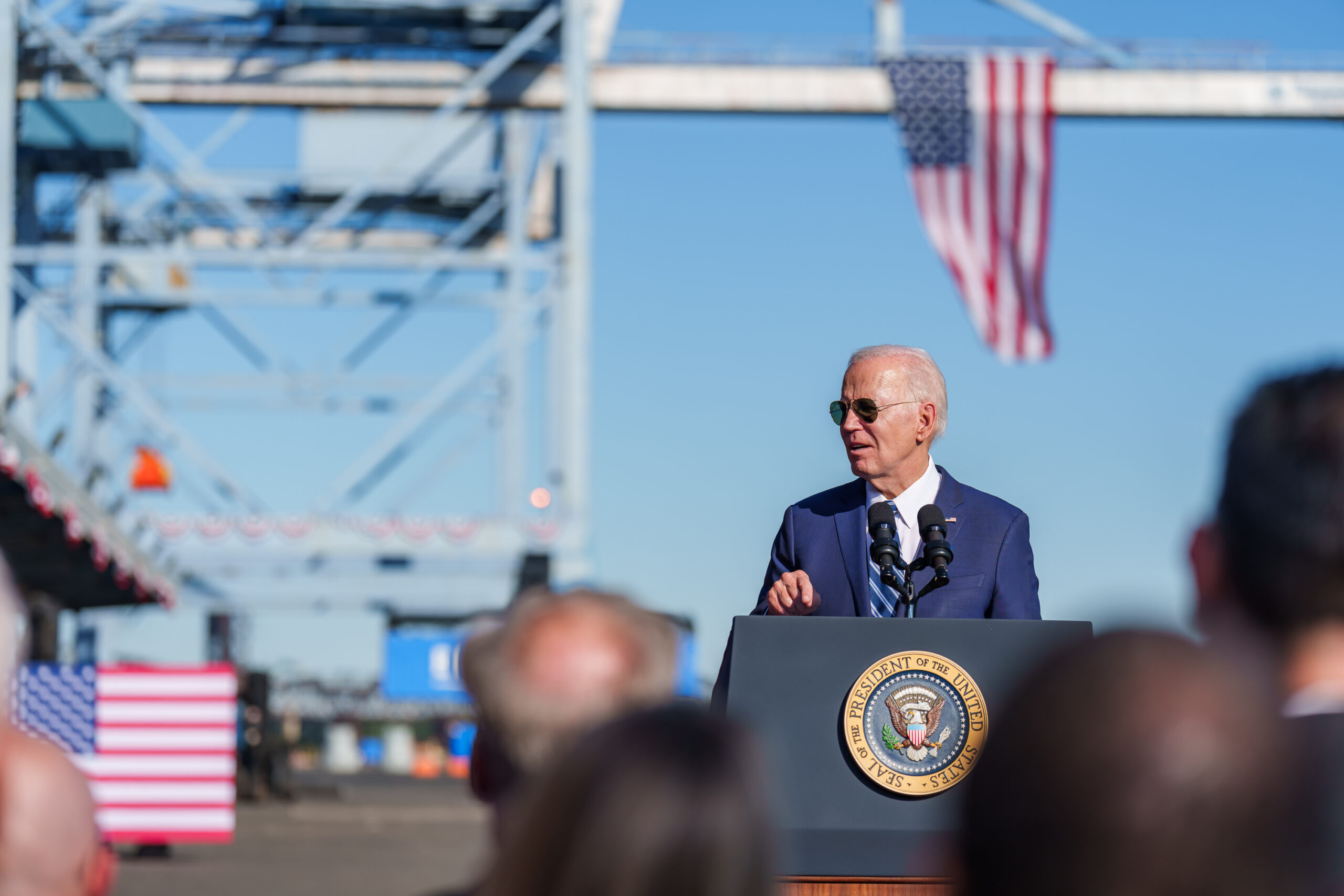What really changes after Biden’s tariffs against China

Here are the reasons and economic impacts (calculated by Bloomberg) of the tariffs against China announced by the United States, which target electric cars, batteries, critical minerals, port cranes and more
About ten days ago the President of the United States, Joe Biden, announced a series of duties on electric cars and other products from China, affecting a turnover worth a total of 18 billion dollars. He did so after completing the process of reviewing the tariffs that his predecessor, Donald Trump, had imposed on Chinese imports: those tariffs were maintained and new ones were added, which mainly target technologies and devices essential to energy and digital transitions, such as semiconductors and batteries.
THE REASONS FOR THE DUTIES
Both the Biden and Trump administrations had justified the raising of trade barriers with the need to protect US manufacturing from Chinese economic practices, consisting of state subsidies to companies that distort competition. The White House statement states that these practices have allowed China to “control 70, 80 and even 90 percent of global production of critical inputs needed for our technologies, infrastructure, energy and healthcare, creating risks unacceptable to America's supply chains and economic security."
THE ECONOMIC IMPACT
Bloomberg , with the collaboration of Kyle Handley, professor of Economics at the University of California – San Diego, has drawn up a list of the main tariffs against China imposed by the Biden administration, calculating their economic impact and explaining the reasons.
SEMICONDUCTORS
Rate : from 25 to 50 percent, starting from 2025
Value of imports (2023) : $504 million
Reason : The United States wants to increase its microchip manufacturing capabilities and at the same time wants to prevent China from acquiring the technological capabilities necessary to design and manufacture advanced semiconductors. The duties, in particular, target so-called legacy chips : these are old generation but still very widespread components.
According to Bloomberg , there is a risk that the White House is overestimating China's capabilities to produce legacy chips ; Beijing, however, could react by raising the prices of these circuits in order to hit the US companies that use them.
CRITICAL MINERALS
Rate : from 0 to 25 percent, starting from 2024 and 2026 (as appropriate)
Value of imports (2023) : $783 million
Justification : Critical minerals – such as lithium, cobalt and graphite – are key to so-called “clean technologies” needed for the energy transition, such as batteries. China is the largely dominant country in refining almost all of these minerals and could use this position to restrict exports.
From 2026 the United States will begin to apply tariffs on imports of natural graphite from China, an essential material for electric vehicle batteries: the tariffs, therefore, could lead to an increase in costs for car manufacturers. American graphite reserves are worth less than 1 percent of the world total; the Chinese ones 90 percent.
ELECTRIC CARS
Rate : from 25 to 100 percent, from 2024
Value of imports (2023) : $385 million
Reason : Tariffs on Chinese electric cars were already very high, and in fact the United States practically does not import these cars. The sharp increase in rates serves to keep them away from the market, in order to guarantee protection to the national automotive industry in this phase of conversion to electric mobility. The White House also claims that Chinese vehicles, due to their connectivity functions, can collect sensitive data on the American population and infrastructure.
The risk, however, is that Chinese automakers could open manufacturing plants in Mexico , using the country as a base for re-export to the United States, taking advantage of free North American trade.
BATTERIES
Rate : 7.5 to 25 percent, starting from 2024-2026
Value of imports (2023) : $13.1 billion
Reason : The United States is afraid that the “ overcapacity ” of the Chinese battery industry – that is, production exceeding domestic demand, which then flows abroad at low prices – could derail the development of the domestic supply chain. The duties serve to stimulate investments on the national territory, but in the absence of Chinese batteries there could be a slowdown in the American ecological transition, both in terms of electric mobility and that of renewable energy storage.
STEEL AND ALUMINUM
Rate : from 7.5 to 24 percent, from 2024
Value of imports (2023) : $1.2 million
Reason : These are duties motivated by more political than commercial reasons , considering that the US steel industry is concentrated in many swing states (i.e. those states where there is no clear majority of voters of the Democratic or Republican Party) and that the Imports from China represent only 2 percent of the total. In short, duties will not change things much, even if they could lead to an increase in prices.
PORT CRANES
Rate : from 0 to 25 percent, from 2024
Value of imports (2023) : $17.5 million
Reason : China is the world's largest manufacturer of port cranes, used to move containers from ships to docks. The American government thinks that Beijing could exploit these devices to carry out espionage operations: the cranes, in particular, could record the origin and destination of containers passing through US ports, allowing the Chinese authorities to collect information on sensitive materials (of military use) shipped to or from the country.
This is a machine translation from Italian language of a post published on Start Magazine at the URL https://www.startmag.it/economia/dazi-cina-biden-impatto-economico/ on Fri, 24 May 2024 14:21:58 +0000.
